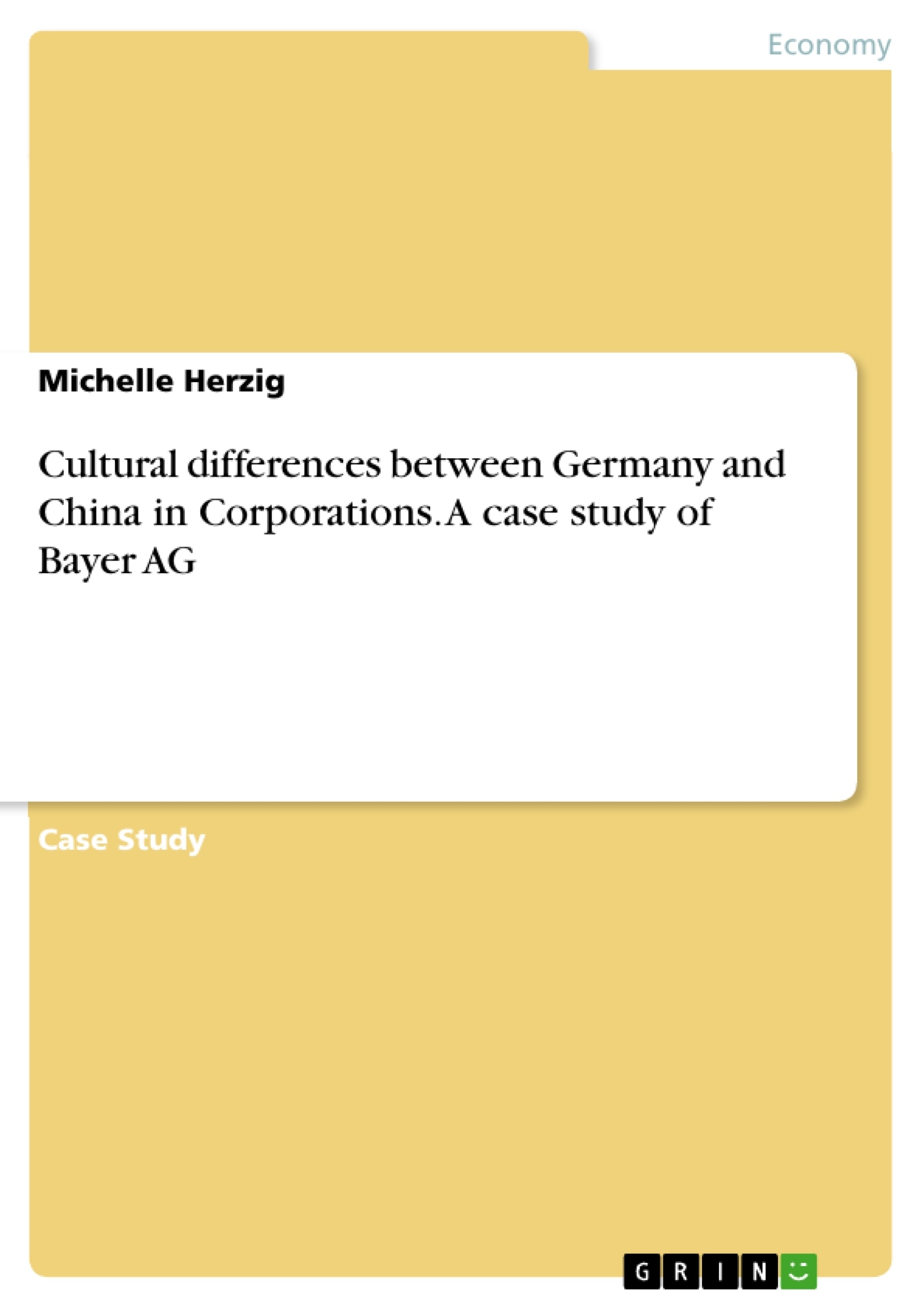This case study aims to provide a comprehensive understanding of cultural diversity management, including its epistemology and associated opportunities and risks. The study intends to explore various options for addressing different dimensions of diversity, draw insightful conclusions relevant to corporate entities, and analyze the significance of cultural diversity for companies. Moreover, the study will examine the differences between Chinese and German cultures and their implications for businesses. By accomplishing these objectives, this case study seeks to equip companies with the knowledge needed to make informed decisions about managing cultural diversity.
Table of contents
1 Introduction
1.1 Problem statement
1.2 The aim of the paper
1.3 Description of the procedure
2 Theoretical foundation
2.1 Definition of cultural diversity
2.2 Reason for diversity management
2.3 Intercultural competence
3 SWOT-Analysis diversity
3.1 Strengths
3.2 Weaknesses
3.3 Opportunities
3.4 Risks
4 Case Study: Diversity at Bayer AG
4.1 Intercultural workforce
4.2 Cultural differences between Germany and China
4.2.1 Daily life
4.2.2 Differences in work life
4.3 Diversity at Bayer AG
5 Recommendations for action
6 Conclusion
7 Bibliography
- Quote paper
- Michelle Herzig (Author), 2021, Cultural differences between Germany and China in Corporations. A case study of Bayer AG, Munich, GRIN Verlag, https://www.grin.com/document/1349954
-

-

-

-
Upload your own papers! Earn money and win an iPhone X. -

-
Upload your own papers! Earn money and win an iPhone X. -

-
Upload your own papers! Earn money and win an iPhone X. -

-
Upload your own papers! Earn money and win an iPhone X. -

-
Upload your own papers! Earn money and win an iPhone X. -

-
Upload your own papers! Earn money and win an iPhone X.

